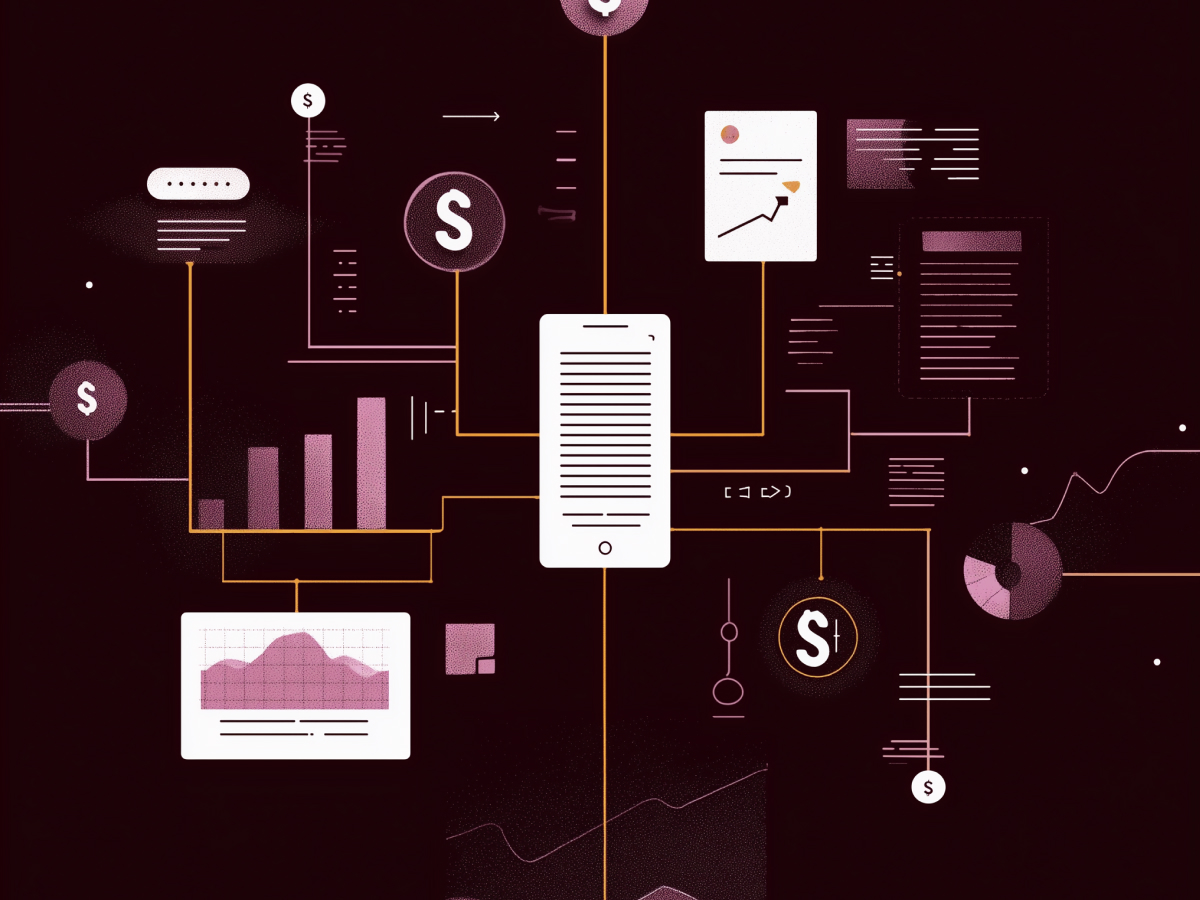The decline of prompt engineering as a standalone career
Let’s be clear, prompt engineering sounded like the next big thing in tech. And two years ago, many believed it would be. The idea was that humans would need to translate tasks into the right words so AI tools could respond accurately. Courses popped up everywhere promising six-figure salaries if you simply learned how to “talk to AI.”
But fast forward to today, and that bubble has completely deflated.
Generative AI matured fast. These tools, powered by advanced models, are now trained to ask clarifying questions, adapt automatically to feedback, and handle ambiguous instructions on their own. They don’t need someone to constantly steer them with manual prompts. The systems are self-correcting, increasingly context-aware, and capable of holding coherent multi-turn conversations with minimal human input.
What that means for companies is straightforward: there’s no need to hire someone whose only job is to write prompts. That role has been absorbed by the technology, and that’s a good thing. You want AI that works intuitively, just like any other tool your teams might use every day. And companies are realizing this. They’re not investing in narrow skill sets; they’re integrating AI into broader workflows across their existing teams.
It’s also worth noting the macro environment. In tighter economies, most of us aren’t hiring for pie-in-the-sky roles. We’re hiring for proven value. If a role doesn’t strongly move the needle, it doesn’t get budget. That’s part of what’s squeezing out the demand for prompt engineers.
Jared Spataro, Chief Marketing Officer of AI at Work at Microsoft, pointed out that generative AI can now drive the back-and-forth on its own. Microsoft’s internal research, reported in The Wall Street Journal, confirms the shift: prompt engineering is fading because the tech has outgrown the need.
This is what progress looks like. Building systems that reduce friction, scale efficiently, and let your people focus on outcomes instead of tooling overhead. Prompt engineering fulfilled a purpose during the early adoption wave. But as with many transitional roles, it’s been retired by the very progress it helped start. That’s evolution at work, and smart companies adapt quickly.
Shifting hiring trends favor specialized AI roles over prompt engineers
The AI talent landscape is shifting fast, and it’s grounded in what businesses actually need today. Companies aren’t looking for prompt engineers anymore. They’re recruiting people who can build, secure, and scale AI systems across operations. That means AI trainers, data specialists, security experts, consultants, researchers, and product managers are now the roles in demand.
This change is strategic. AI systems don’t improve in a vacuum. They need clean, labeled data. They need supervision to ensure outputs are reliable, safe, and aligned with business goals. And they must meet regulatory and security expectations, especially in industries like finance, healthcare, or logistics. You need experienced professionals who can manage complexity, risk, and infrastructure.
Hiring is following that logic. Talent is shifting toward people who bring deep domain understanding, whether it’s security protocols, machine learning infrastructure, or real-time inference systems. In simple terms, companies only want roles that create value, reduce friction, and scale intelligently. That’s where AI trainers and data specialists come in. They understand how the model behaves and how to teach it better. And they deliver measurable improvements.
Security is another area that’s becoming more important. As generative AI integrates into live platforms, it opens attack surfaces that didn’t exist before. AI security specialists are now expected to assess vulnerabilities and ensure system robustness. These people are in high demand, and not easy to replace.
AI product managers and consultants round out the hiring focus. These roles connect machine capabilities with business needs. They make sure that AI is commercially viable.
Latest recruitment data confirms this direction. The Wall Street Journal, referencing Microsoft’s research into workforce trends, found that companies are prioritizing strategic AI functions over generalist positions. Meanwhile, CNBC, citing data from job platforms Indeed and ZipRecruiter, reports that AI engineers continue to earn strong median salaries, sitting at about $106,386. The market is still rewarding core builders.
If you’re hiring, think in terms of functional impact. Ask what business process will be meaningfully advanced by a new AI role. Then hire based on that answer. Don’t chase trends, build value.
Companies are prioritizing cross-training existing employees to use AI tools
Instead of overinvesting in specialized hires, companies are turning inward. More leaders are choosing to upskill their existing workforce to use generative AI, because the tools don’t require deep technical backgrounds to operate anymore. Anyone capable of using a search engine or basic productivity software can begin integrating AI into their workflow with minimal friction.
This shift is about maximizing returns. Your best employees already understand your internal processes, your customer needs, and your performance metrics. Training them to use AI enhances what they already do well. You’re extending capability.
For organizations with cost pressures, this path makes even more sense. It reduces dependency on external hires while encouraging knowledge transfer and employee retention. The longer those internal capabilities stay in-house, the stronger your operating advantage becomes.
The move to cross-training also acknowledges a core truth: AI tools are getting simpler to use. User interfaces are intuitive. Prompts are conversational. The software is doing more of the hard work behind the scenes. So the bottleneck is cultural. You want all teams aligned on how to use AI to improve speed, efficiency, and output across daily operations.
From an executive standpoint, this isn’t just a workforce initiative. It’s strategy. The companies that scale AI successfully will be the ones that embed it across all departments, not just in engineering. Sales teams should be using AI to personalize engagement. Finance teams should use it to surface predictive trends. HR should use it to streamline hiring or optimize learning programs.
Training at scale is what makes this feasible. It builds resilience. And it ensures your workforce isn’t sitting on the sidelines while the technology changes the way business gets done.
The Wall Street Journal reports that employers, especially in 2025’s economic climate, are cautious about adding headcount. Instead, they’re investing in internal competency and agility. That’s operational discipline.
Generative AI has matured into a mainstream tool for everyday applications
Generative AI isn’t a fringe trend anymore, it’s already part of daily business operations for most companies. Two years ago, it was still being questioned by some. Now it’s become a reliable utility for professionals across industries. People are using it to draft documents, analyze content, summarize meetings, generate ideas, and automate repetitive workflows. And they’re doing it without needing technical support.
That level of user adoption signals real maturity. It shows that generative AI isn’t limited to R&D labs or experimental teams. It’s accessible, fast, and improving continuously. The interfaces are easy enough that professionals across marketing, legal, finance, HR, and operations are using AI tools to simplify decision-making and get more done, in less time.
Companies, universities, and casual users now treat AI interactions the same way they would use a standard productivity tool. When technology reaches that point, it’s no longer being tested, it’s being expected. You don’t need to pitch people on the value anymore. They’re already using it because it works.
What’s important is that this wide adoption happened despite the common lifecycle of overhyped technologies. Many earlier tech waves promised transformation but delivered limited practical use. Crypto and quantum computing had significant attention but didn’t break into daily workflows at anything close to scale. Generative AI did.
That tells us something concrete. The value isn’t theoretical. It’s operational. Companies don’t need dedicated specialists to make generative AI useful. They need the right policies, tools, and basic training, and the productivity gains follow.
For C-level leaders, this means it’s time to standardize AI usage as part of core workplace tools. If your teams aren’t integrated yet, you’re already lagging behind the curve. Early adopters are improving speed, reducing overhead, and using AI outputs to inform strategic decisions across all levels of the organization.
This isn’t emerging tech anymore. It’s embedded tech. Treat it that way.
Main highlights
- Prompt engineering no longer delivers strategic value: Generative AI has advanced to the point where it can interpret natural language and self-correct, eliminating the need for standalone prompt engineers. Leaders should shift hiring focus to roles that enhance system performance, security, and integration.
- AI hiring is moving toward impact-driven roles: Companies now prioritize roles like AI trainers, data specialists, and AI security experts, positions tied directly to performance, compliance, and scalability. Executives should align talent strategies with operational needs, not hype cycles.
- Upskilling existing staff delivers faster, leaner AI adoption: Firms are training internal teams to use AI rather than hiring external specialists. This approach increases agility, reduces hiring costs, and embeds AI across business functions, making it a strategic HR and efficiency move.
- Generative AI is now an essential enterprise tool: Adoption has scaled beyond technical teams into daily workflows across departments. Leaders should operationalize AI use organization-wide, embedding tools and standards where they drive measurable value.





